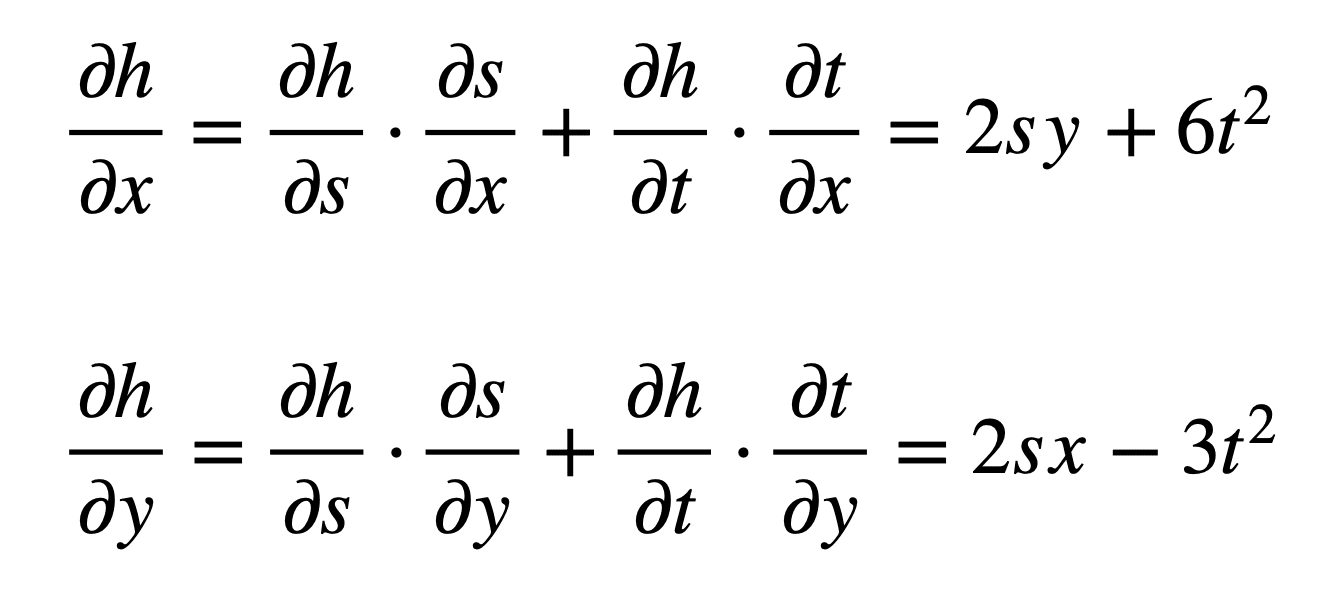

In this graph, the origin is a saddle point. An example of a saddle point appears in the following figure. One way this can happen is at a saddle point. The same is true for a function of two or more variables. Therefore, the existence of a critical value at x = x 0ĭoes not guarantee a local extremum at x = x 0. This function has a critical point at x = 0 ,ĭoes not have an extreme value at x = 0. For functions of two or more variables, the concept is essentially the same, except for the fact that we are now working with partial derivatives.įermat’s Theorem for Functions of Two Variablesīe a function of two variables that is defined and continuous on an open set containing the point ( x 0, y 0 ). Critical Pointsįor functions of a single variable, we defined critical points as the values of the function when the derivative equals zero or does not exist.

The main ideas of finding critical points and using derivative tests are still valid, but new wrinkles appear when assessing the results. This application is also important for functions of two or more variables, but as we have seen in earlier sections of this chapter, the introduction of more independent variables leads to more possible outcomes for the calculations. One of the most useful applications for derivatives of a function of one variable is the determination of maximum and/or minimum values. Examine critical points and boundary points to find absolute maximum and minimum values for a function of two variables.Apply a second derivative test to identify a critical point as a local maximum, local minimum, or saddle point for a function of two variables.Use partial derivatives to locate critical points for a function of two variables.


 0 kommentar(er)
0 kommentar(er)
